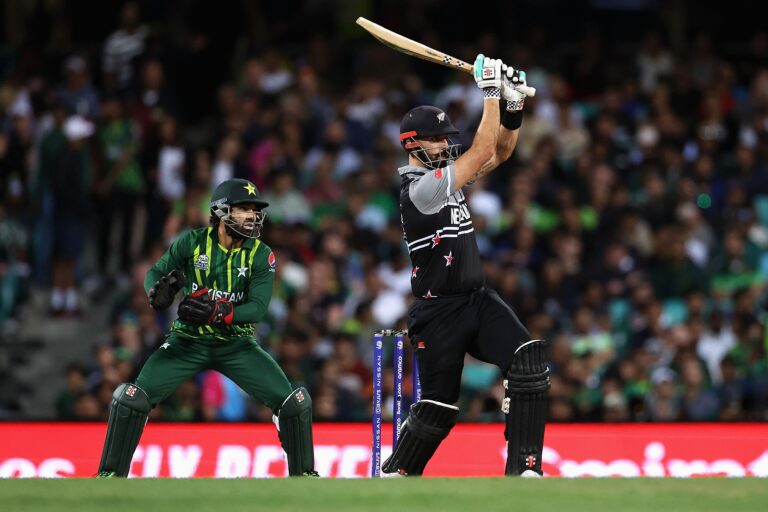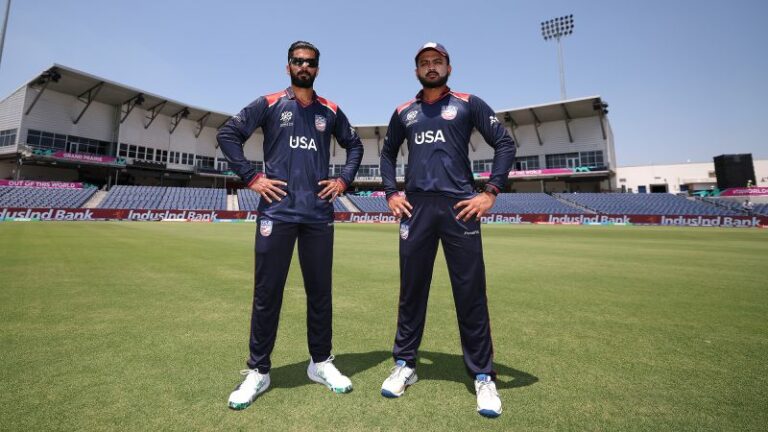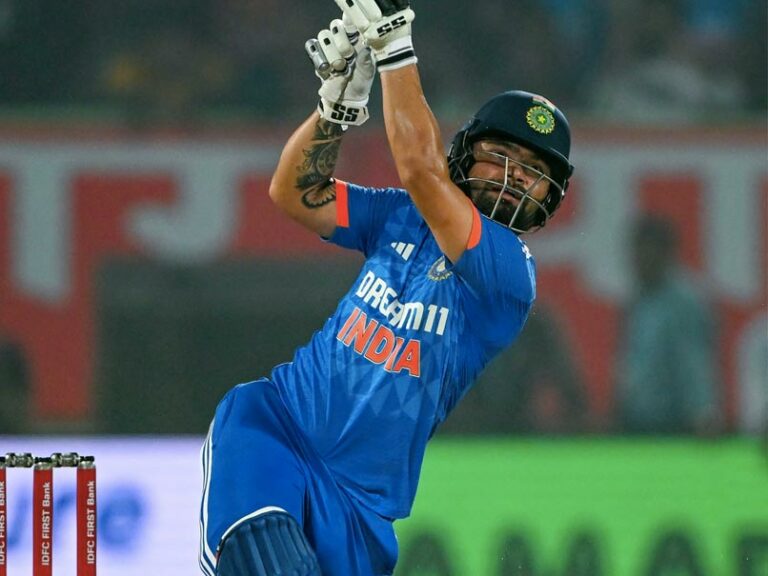Promoting Gender Equality in Cricket Administration
Online Cricket ID, Online Cricket ID: Gender bias and traditional stereotypes have long been ingrained in the male-dominated world of cricket administration, presenting significant challenges for women seeking to break into leadership positions within the sport. The lack of representation at the decision-making level not only limits the voice of women in shaping the direction of cricket organizations but also perpetuates a cycle of exclusion that hinders the overall progress towards gender equality in the sport. Additionally, the existing power dynamics within cricket governance structures often favor men, creating barriers for women to assert themselves and make meaningful contributions to the development of the sport.
Moreover, the pervasive culture of sexism and discrimination in cricket administration can lead to women being overlooked for key leadership roles, despite possessing the necessary skills and qualifications. This systemic bias not only restricts the career advancement opportunities for women in the field but also undermines the diversity and inclusivity essential for the growth and success of cricket organizations. As a result, women in cricket administration often face an uphill battle in challenging the status quo and carving out a space for themselves in a historically male-centric environment.
Historical barriers to gender equality in cricket governance
Historically, cricket governance has been predominantly male-dominated, with limited opportunities for women to participate in decision-making roles. This lack of female representation in leadership positions has perpetuated a cycle of gender inequality within cricket organizations, hindering the progress towards a more diverse and inclusive governance structure. Women have often faced systemic barriers, such as stereotypes, bias, and unequal access to resources, which have prevented them from ascending to leadership roles in cricket administration.
The entrenched patriarchal norms in cricket governance have created a culture that undervalues the perspectives and contributions of women, leading to a significant underrepresentation of female voices in key decision-making processes. As a result, the policies and practices implemented within cricket organizations have often failed to adequately address the unique challenges and needs of female players, officials, and fans. The historical barriers to gender equality in cricket governance have not only limited the opportunities for women to thrive in administrative roles but have also hindered the overall development and success of the sport on a broader scale.
The importance of female representation in decision-making roles
Increasing female representation in decision-making roles in cricket administration is crucial for promoting gender equality and fostering a more inclusive environment within the sport. By having women in leadership positions, organizations can benefit from a diverse range of perspectives, ideas, and experiences that can lead to more innovative solutions and better decision-making processes. Additionally, female representation in decision-making roles can help address gender biases and discrimination that may exist within cricket governance structures, ultimately creating a more balanced and equitable system for all stakeholders involved.
Having women in decision-making roles can also serve as powerful role models for aspiring female leaders in the cricket community, inspiring them to pursue leadership positions and break through the barriers that may have hindered their progress in the past. It is important for cricket organizations to actively work towards increasing female representation in decision-making roles, not only to address gender disparities but also to harness the full potential and talent of their workforce. Ultimately, by promoting gender diversity in leadership positions, cricket organizations can create a more inclusive and successful environment that benefits everyone involved in the sport.
Successful strategies for promoting gender equality in cricket administration
One effective strategy for promoting gender equality in cricket administration is implementing mentorship programs for aspiring female leaders. By pairing experienced women in cricket governance roles with those seeking to enter the field, valuable knowledge and guidance can be exchanged. This mentorship not only provides support and networking opportunities but also helps in breaking down the barriers that women often face when striving for leadership positions in cricket organizations.
Another successful strategy is creating targeted recruitment and development programs specifically designed to identify and nurture talented women in cricket administration. By actively seeking out female candidates for leadership roles and providing them with the necessary training and opportunities for advancement, organizations can ensure a more diverse and inclusive decision-making process. Additionally, initiatives like leadership workshops and skill-building seminars can further empower women to take on influential positions within cricket governance structures.
The impact of gender diversity on the success of cricket organizations
Gender diversity plays a crucial role in the success of cricket organizations by bringing a variety of perspectives and experiences to the decision-making process. When women are involved in leadership positions within cricket administration, it leads to more inclusive and effective strategies being implemented. Their presence not only promotes diversity but also ensures that the organization is better equipped to understand and cater to the needs of a diverse range of stakeholders.
Furthermore, gender diversity fosters innovation and creativity within cricket organizations. Different viewpoints and approaches brought by women in leadership roles can lead to new ideas and solutions to challenges faced by the sport. By embracing gender diversity, cricket organizations can enhance their overall performance and relevance in a rapidly changing landscape.
Barriers to entry for women aspiring to leadership positions in cricket administration
Women aspiring to leadership roles in cricket administration often face numerous barriers that hinder their progress. One significant challenge is the traditional male-dominated culture within cricket governance, which can make it difficult for women to be taken seriously or given equal opportunities. Additionally, limited access to networking and mentorship opportunities further exacerbates the barriers for women looking to advance in leadership positions.
Moreover, the lack of representation of women in decision-making roles can lead to a perpetuation of gender biases and stereotypes in cricket administration. Without diverse voices at the table, the perspectives and experiences of women may be overlooked, hindering the overall effectiveness and inclusivity of decision-making processes within cricket organizations.
The role of male allies in advocating for gender equality in cricket governance
Male allies play a crucial role in advocating for gender equality in cricket governance. By actively supporting and amplifying the voices of their female counterparts, male allies can help create a more inclusive and diverse decision-making environment within cricket organizations. This can lead to a more balanced representation of perspectives and experiences, ultimately benefiting the overall success of the sport.
Furthermore, male allies can use their positions of influence to challenge systemic barriers that prevent women from advancing in cricket administration. By promoting equal opportunities for leadership and advocating for policies that foster gender diversity, male allies can help pave the way for more women to take on prominent roles in shaping the future of cricket governance. Together, male and female allies can work towards creating a more equitable and inclusive environment within the cricket community.
Initiatives to increase female participation in cricket administration
In order to enhance female participation in cricket administration, proactive measures must be taken to create a more inclusive and welcoming environment for women. One key initiative involves implementing mentorship programs specifically designed to support and develop aspiring female leaders in cricket governance. By pairing experienced mentors with mentees, valuable knowledge and insights can be shared to help bridge the gender gap in decision-making roles within cricket organizations.
Furthermore, hosting workshops and training sessions focused on leadership development and skill-building can empower women to confidently pursue leadership positions in cricket administration. These initiatives provide a platform for aspiring female leaders to enhance their competencies, network with industry professionals, and break through the traditional barriers that have hindered gender diversity in cricket governance. By investing in the growth and advancement of women in cricket administration, the sport can benefit from a more diverse and inclusive leadership landscape that fosters innovation and success.
The benefits of a gender-balanced leadership team in cricket organizations
Gender-balanced leadership teams in cricket organizations bring diverse perspectives to decision-making processes. Research has shown that teams with a mix of genders tend to be more innovative and better equipped to handle complex challenges. By having a balanced representation of both men and women in leadership roles, cricket organizations can benefit from a wider range of skills, experiences, and ideas.
Furthermore, gender balance in leadership teams can enhance organizational culture and improve employee morale. When women are well-represented in leadership positions, it creates a more inclusive and supportive environment for all members of the organization. This, in turn, can lead to increased engagement, productivity, and overall satisfaction among team members.
Future prospects for gender equality in cricket administration
As the push for greater gender equality in cricket administration gains momentum, the future holds promise for a more inclusive and diverse landscape within the sport’s governance. With increased awareness of the need for female representation in decision-making roles, cricket organizations are taking steps to overcome historical barriers and promote opportunities for women to assume leadership positions. Initiatives aimed at increasing female participation in cricket administration are beginning to bear fruit, paving the way for a more balanced and equitable leadership team within cricket organizations.
While challenges persist, the growing recognition of the benefits of gender diversity in cricket governance is driving positive change and fostering a more inclusive environment for women aspiring to leadership roles. The role of male allies in advocating for gender equality within cricket administration is instrumental in dismantling barriers to entry and fostering a culture of equality and respect. As these efforts continue to gain traction, the future prospects for gender equality in cricket administration are bright, with the potential to usher in a new era of success and prosperity for the sport.
What are some of the challenges faced by women in cricket administration?
Women in cricket administration often face barriers such as lack of representation in decision-making roles, gender discrimination, and limited opportunities for advancement.
What historical barriers have contributed to gender inequality in cricket governance?
Historically, cricket governance has been male-dominated, with traditional stereotypes and biases preventing women from taking on leadership roles in the sport.
Why is female representation important in decision-making roles in cricket administration?
Female representation is important as it brings diversity of perspectives, promotes inclusivity, and helps address gender-specific issues within cricket organizations.
What are some successful strategies for promoting gender equality in cricket administration?
Successful strategies include implementing diversity policies, providing leadership training for women, and creating mentorship programs for aspiring female leaders.
How does gender diversity impact the success of cricket organizations?
Gender diversity can lead to improved decision-making, increased innovation, and better overall performance for cricket organizations.
What are some barriers to entry for women aspiring to leadership positions in cricket administration?
Barriers include gender bias, lack of opportunities for advancement, and a lack of support and mentorship for women in the industry.
What role do male allies play in advocating for gender equality in cricket governance?
Male allies can support gender equality initiatives, promote inclusivity, and advocate for the advancement of women in cricket administration.
What initiatives are being implemented to increase female participation in cricket administration?
Initiatives include mentorship programs, leadership development opportunities, and campaigns to promote gender diversity in cricket governance.
What are the benefits of having a gender-balanced leadership team in cricket organizations?
A gender-balanced leadership team can lead to better decision-making, improved team dynamics, and a more inclusive organizational culture.
What are the future prospects for gender equality in cricket administration?
The future looks promising with increasing awareness of gender equality issues, more women breaking barriers in leadership roles, and a growing movement towards inclusivity in cricket governance.







